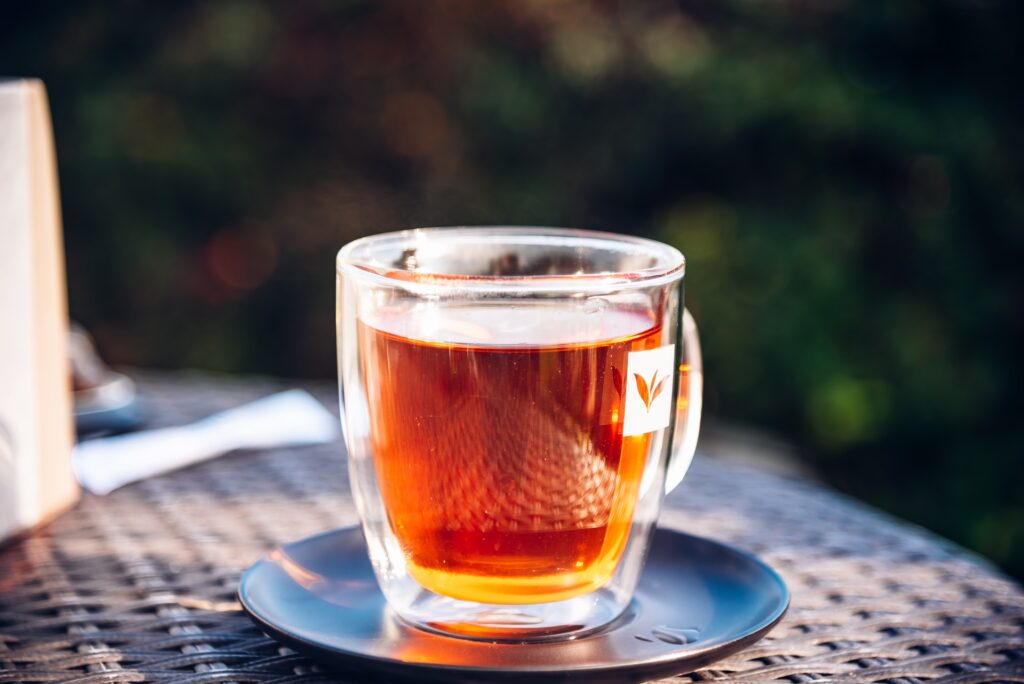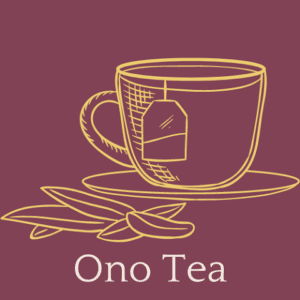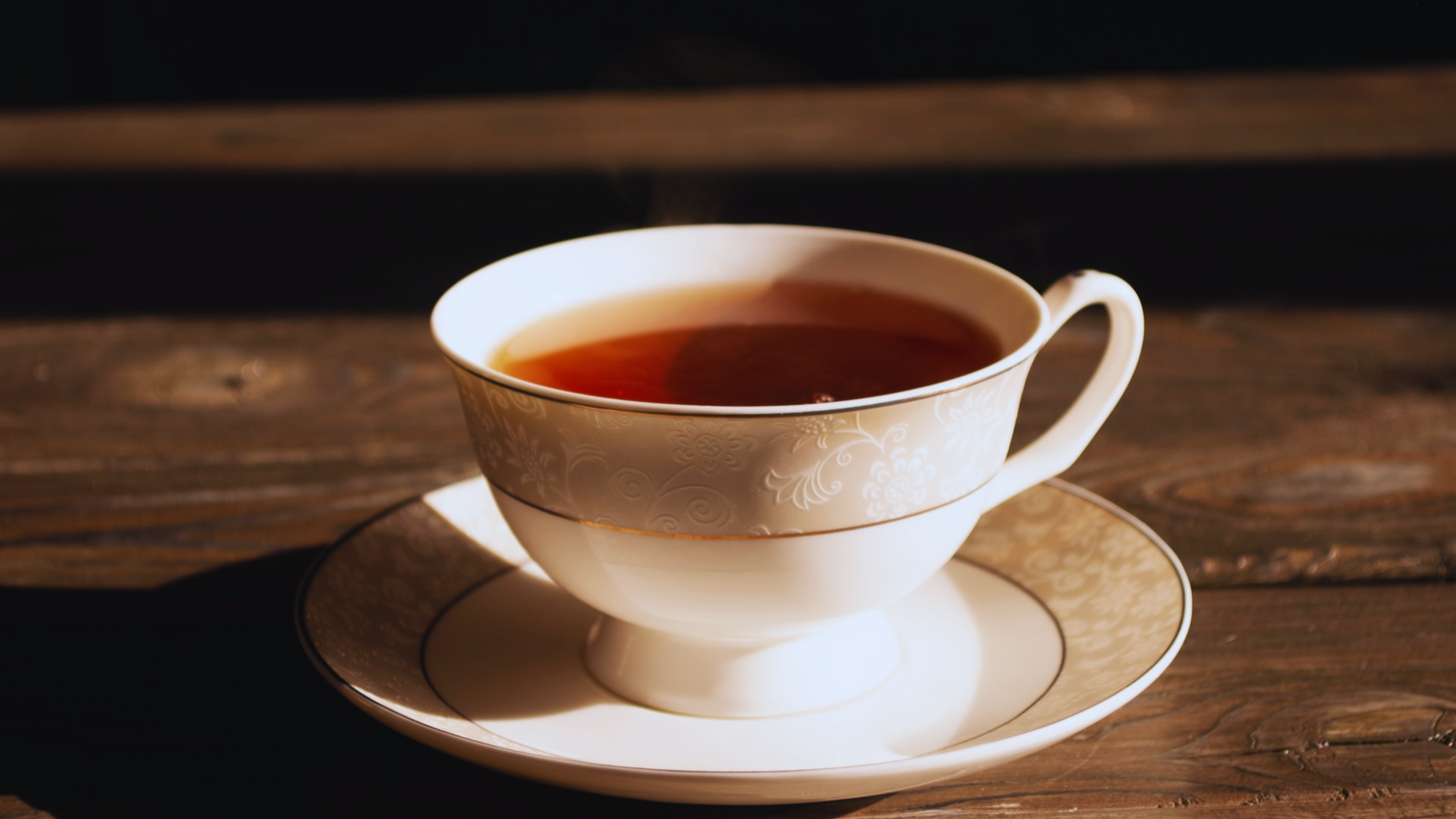Experimenting with various teas and their different flavors can help you gain a better understanding of how to prepare them. Mango oolong tea has made a name for itself thanks to its healing properties and great taste. Tea, whether hot or cold, carries varying benefits, and while green tea has made a name for itself, oolong can be a healthy alternative, too. Oolong teas are just as diverse in taste and usage.
Oolong Tea in Different Industries
Cosmetics
Oolong tea has become a key ingredient in scents and fragrances. It carries a soft, earthy aroma that compliments and pairs well with fruit. The right combination can produce a light and enjoyable fragrance, which is why it has a prominent place in cosmetics. Thanks to its other properties, such as its ability to reduce the appearance of blemishes and wrinkles, oolong also plays a role in different hair products and body creams.
Candle-Making
Oolong tea also has a place in candle-making, creating exquisite products for aromatherapy. Again, because it works so well with other natural scents of fruit or flowers, candlemakers like to mix ingredients to create uniquely enjoyable fragrances.
Beverages
Lastly, oolong has made its name in the beverage industry. There are different ways to prepare oolong, and it tastes good both as a hot beverage and as an iced one. It is a healthy drink that is proven to increase concentration, promote weight loss, and improve your quality of sleep.

What Alters the Taste of Your Tea?
A few things may affect the taste of your tea, whether hot or cold:
- The quality and strength of the leaf leaves (loose leaf is often stronger than tea bags)
- The soil and climate the tea was grown in (factoring in soil pH, access to water, and the season)
- The type of oolong tea (there are different subspecies such as milk oolong, dung ho pao, and jin xuan).
- Your preferred preparation and serving techniques. How you make your tea affects the natural flavors.
How to Make Hot Mango Oolong Tea
A warming cup of oolong tea is great for a chilly day, and this hot tea brewing method is the ticket. However, it is important to prepare it well because how it is prepared affects the quality of the drink. For instance, when steeping, a lot of the time, the teabag is taken out too soon, producing weak tea. Additionally, using cool water can make the tea less pleasant. Fruit-infused teas also carry a sweeter aroma than regular tea.
What You’ll Need
- 1-liter hot water
- 2 tbsp Mango oolong tea leaves or 2 tea bags
- Honey, lemon, and ginger (optional serving suggestions)
Instructions
- Place the tea bags or tea leaves in a teapot.
- Pour hot water into the teapot and steep for 2 minutes with the lid shut. This way, it traps the aroma and allows the flavor to steep properly.
- Once the steeping is complete, you can either take out the tea leaves or leave them in for a stronger taste.
- Additionally, you can add your lemon, ginger, and honey directly into the teapot for a balanced flavor or add them straight into your cup.
- Pour your tea into a favorite cup or mug and enjoy!
How to Make Iced Mango Oolong Tea
A tea like an oolong can also be the right beverage to serve to guests on hot summer days. Ice tea, particularly mango oolong, provides a refreshing taste that replenishes the body and energizes it. Mango oolong is light and easy to make, providing all the nutritious benefits of tea with the taste of a sweet beverage.
Making a refreshing jug of oolong requires very few ingredients, and it is easy to make. This iced tea brewing method may seem unorthodox because of all the extra fruit. Adding different fruits enriches the natural mango flavor, adding variation to the mango tea and making it sweeter and tangier.
What You’ll Need
- Oolong tea or mango-flavored oolong tea
- 1 large mango, diced
- 1 large orange, sliced
- 1 small cucumber, sliced
- 2 liters water
- Sugar (or preferred sweetener)
- A few sprigs of mint
- Ice
- 2-liter serving pitcher (preferably a heat-resistant pitcher)
- Big mixing spoon
Instructions
- First, heat 2 liters of water in a kettle or big pot and bring it to a boil.
- Place your oolong tea bags in the pot and let it sit for five minutes. This allows the water to steep well, giving the tea a good, strong flavor.
- Stir your cold water, remove your tea bags, and place it in the freezer or fridge to cool down.
- While your water cools, take your pitcher and add some ice to it.
- Start by adding your fruit: mango pieces, orange and diced blueberries, and lemon.
- Begin by adding two tablespoons of sugar, stirring until it dissolves, and adding more according to your preference. Add your cucumber and mint.
- Take your water tea out of the fridge or freezer and fill your pitcher.
- Next, add your mint, give the tea a good stir, and let it sit for a few minutes before serving.
- Top up any empty glasses!
Conclusion
In summary, whether it is a hot afternoon or a chilly morning, mango oolong tea is adaptable and can be served hot or cold. Tea can be garnished differently, with ginger, fruit, sweeteners, and dairy to suit your taste, and a cup of tea is so easy to make that you can do it right from the comfort of your own home.

